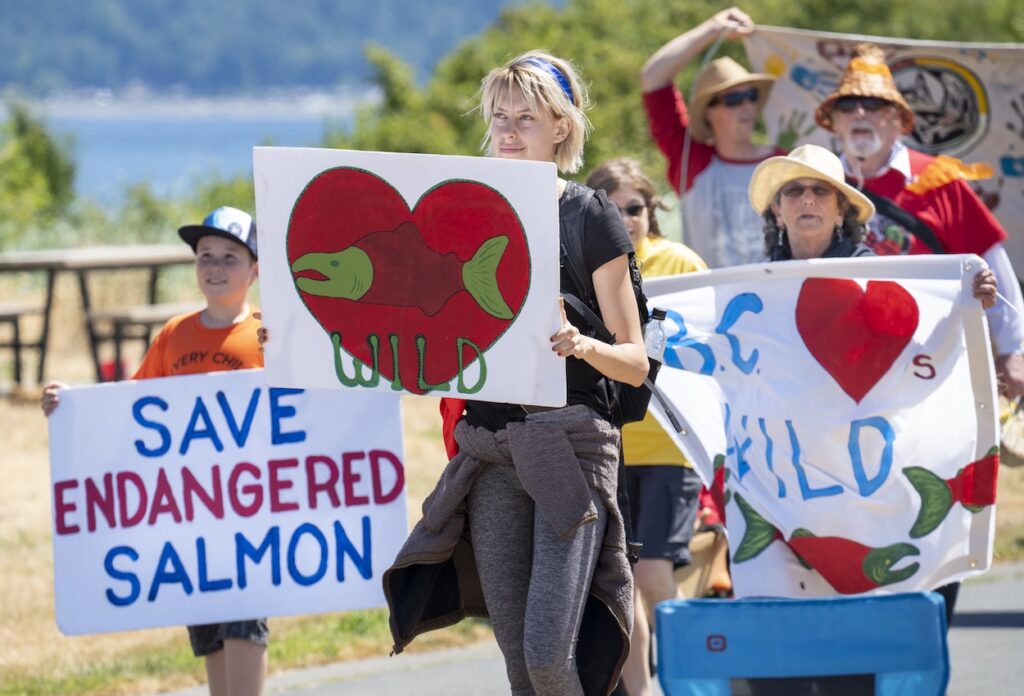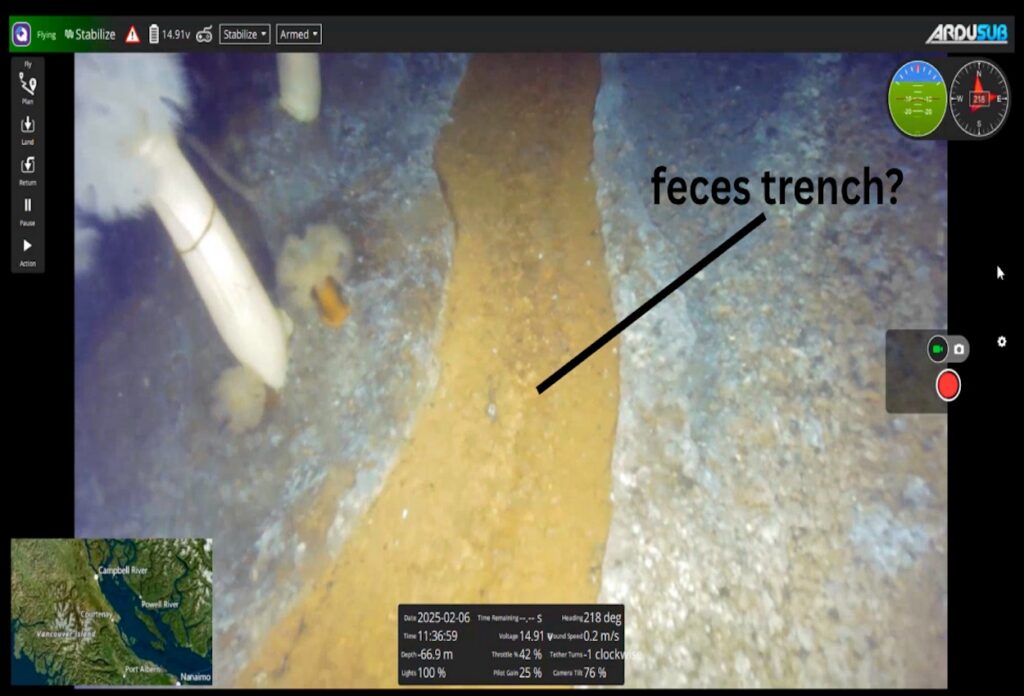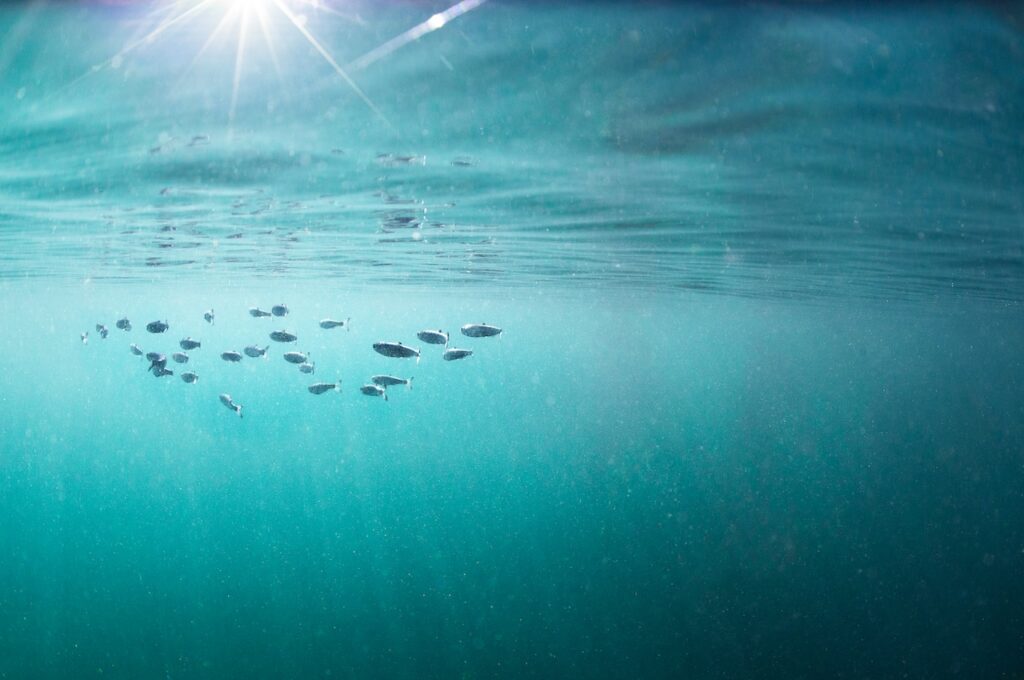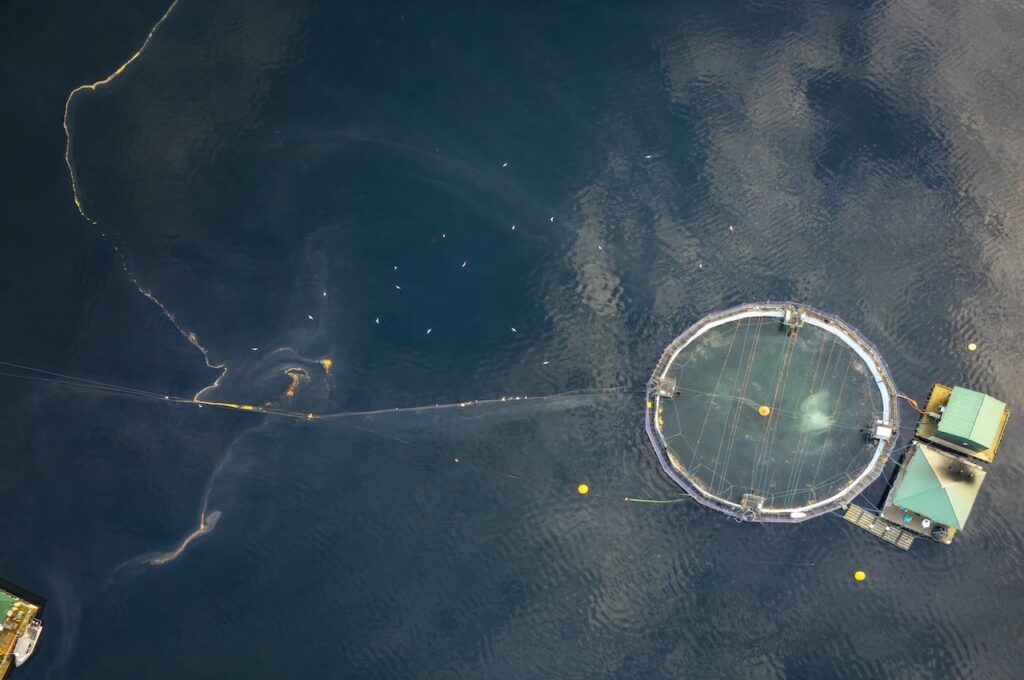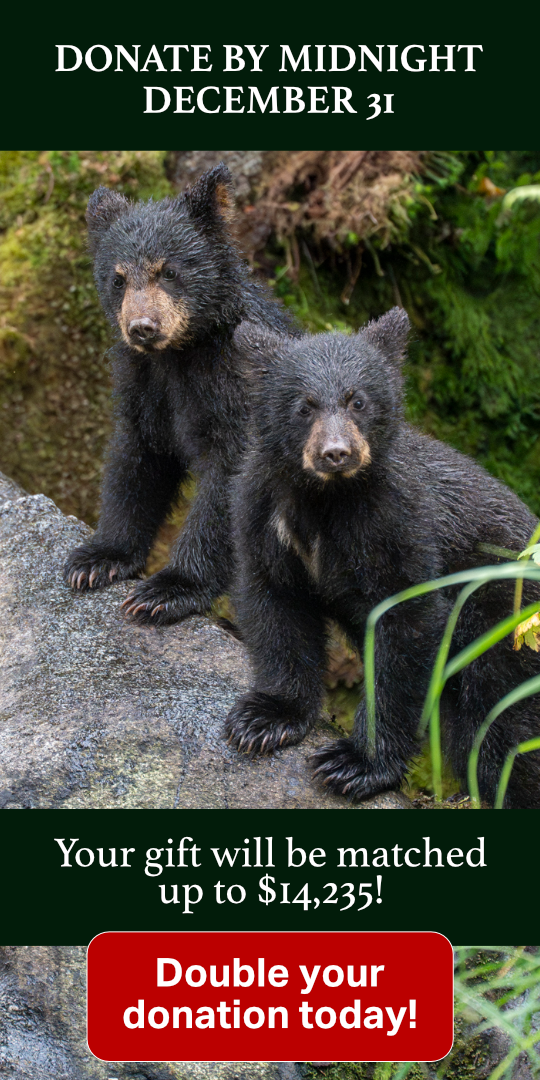On December 17, 2020, the federal government announced that 19 salmon farms in the Discovery Islands would be phased out over the next 18 months. The genesis of that decision spans a period of 11 years.
Way back in 2009 the Fraser River Sockeye run was at an all-time low. Only 1.6 million sockeye returned to their natal rivers to spawn, instead of the expected 10.6 million. Prime Minister Stephen Harper established the Cohen Commission to look into the matter and hopefully prevent the extinction of sockeye salmon in BC’s largest river—one of the biggest wild salmon runs left on the planet.
Cohen: prohibit net-pen salmon farming in Discovery Islands
In 2012, The Cohen Commission made a series of recommendations. One that hit the radar of every lover of wild salmon was his Recommendation 19: “On September 30, 2020, the minister of fisheries and oceans should prohibit net-pen salmon farming in the Discovery Islands unless he or she is satisfied that such farms pose at most a minimal risk of serious harm to the health of migrating Fraser River sockeye salmon.”
At issue is the fact that the Discovery Islands (a maze of islands near Campbell River separated by narrow channels) are a bottleneck for Fraser River salmon migrating towards the North Pacific. Their ancient migration routes through the tight channels are dotted with open-net pen salmon aquaculture facilities, where they are exposed to pathogens and pests.
Back in 2012 Justice Cohen stated that “disease and pathogens on salmon farms could not be ruled out as posing a significant threat to Fraser River sockeye. I accept the undisputed evidence that Fraser River sockeye face some likelihood of harm occurring from diseases and pathogens on salmon farms”.
Viruses are not a threat to wild salmon???
Before the September 30 deadline, Fisheries Minister Bernadette Jordan announced that based on the scientific evidence, the Discovery Islands farms would not be removed. However, she did mention that the department would hold consultations with the seven First Nations in whose territories the operations float.
Fast forward to 2020 deadline, when the 2020 Fraser River sockeye run was at an all-time low of a mere 288,000 spawners. Despite the back-to-back historical lows in Fraser River sockeye populations, the Department decided that viruses such as the piscine orthoreovirus (PRV) do not pose more than a minimal risk of significant harm to wild salmon. They did this by using the oldest trick in the playbook: considering each virus separately and not looking at combinations of factors. It’s worth noting that seven of nine the risk assessments admit some degree of uncertainty, with two reporting a high level of uncertainty.
Sea lice impacts not considered in decision
Also, the department did not consider the impact of salmon lice or herring lice from fish farms on wild salmon. No wonder—the Discovery Islands were hit particularly hard in 2020 by a sea lice outbreak which industry failed to control. Of wild salmon smolts sampled for sea lice, 94% of the fish were infected with lice, with an average number of 7 lice per fish. Particularly chilling when you understand that 1-3 lice is a fatal load for such tiny fish—too young to have formed protective scales.
In any case, the federal government did consult the seven First Nations whose territories are in the Discovery Islands—the Homalco, Klahoose, K’ómoks, Kwiakah, Tla’amin, We Wai Kai and Wei Wai Kum First Nations. To put these consultations in context, in June of 2021 over 100 First Nations all across British Columbia called on the government to remove salmon farms from BC waters. They are seeing the decline of all species of salmon in their territories, and believe the clear evidence that fish farms are the problem.
By December 17, Minister Jordan announced that the 19 salmon grow-ops in the Discovery Islands would be phased out by June 2022, and no new fish would be put into operations in the area.
Foreign-owned industry pushing back
The industry response was swift and predictable. They took a page from the forest industry’s response to the 1990 War in the Woods, putting the workers forward and talking about jobs, rather than focus on their own lost profits and diminishing revenues.
Before the decision, the BC Salmon Farmer’s association stated “Working closely and openly with Indigenous Peoples is how salmon farmers in B.C. are working to create a shared future…”. However, within a month of Jordan’s December announcement, three foreign-owned fish farm corporations had launched a judicial review of the government’s decision. As First Nations Wild Salmon Alliance founder Bob Chamberlin said about the legal challenge “They only respect us until they disagree with something, so, really, it’s a conditional acceptance of our human rights.”
The federal government has promised to remove fish farms from BC waters by 2025 (they re-committed to this in the media release announcing the Discoverys decision). The industry now has four years left to face the storm and do their best to make the transition to land-based fish farming, or find some other way to generate a profit.
Clayoquot Action has been calling for a just transition for salmon farm workers for five years now, and we will continue to advocate for workers to not be the ones to pay the price when governments act to prevent the extinction of wild salmon by removing salmon farms from Canada’s oceans.
Dan Lewis is Executive Director of Clayoquot Action.
Tavish Campbell photos
